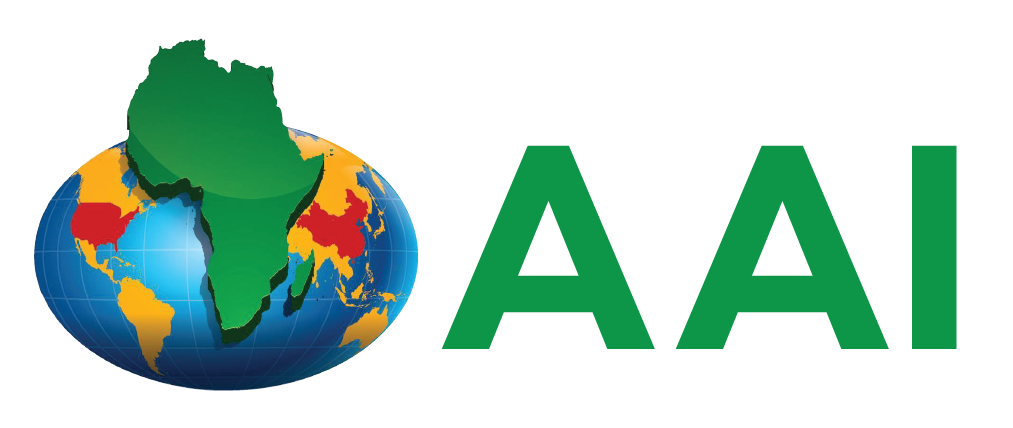Our History

Ethiopia
Official Name: Federal Democratic Republic of Ethiopia
Total Area(Sq Mi): 435,186
Population(2020 est.): 101,929,000
Location: In the Horn of Africa, an area in the east of Africa.
Capital: Adis Ababa
Monetary Unit: birr (Br)
The flag of Ethiopia has been adopted in 1897 and modified in 1996. The tri-colours were adopted by Pan-Africanist organisations as green represents the richness and fertility of the land; yellow, religious freedom and peace and red signifies the blood of the ancestors that spilt their blood. The pentagram in the middle stands for the radiating light of the unity of the people and nationality of Ethiopia.
Haile Salassie, Emperor of Ethiopia from 1930-1974, member of the Solomonic dynasty was on the cover of Time magazine in 1930 when he was crowned. He introduced Ethiopia’s first written constitution in 1931. Today he is worshipped as God incarnate by the Rastafarian community established in Jamaica in the 1930’s, represented as a Lion in the centre called the ‘conquering Lion of the tribe of Judah’ (The Rastafarian flag).
It is the most populous landlocked country in the world. Neighbours are Eritrea, Djibouti, South Sudan and Somalia. Today it’s famous for rock-hewn churches, the place where coffee beans originated, honey and has the largest livestock population in Africa.
Ethiopia is called the Cradle of Mankind because the oldest human remains were found here, 3.5 8m years old 6, 400 miles away from the capital, Addis Ababa in Lalibela, has eleven 12th and 13th century Coptic churches.
Ethiopia was never colonized which makes it different to many other African countries. It’s believed Ethiopia’s location, economic viability and unity helped it avoid colonization.
In the tradition of excellence in East African sportsmanship, Ethiopia has produced some of the most famous long-distance runners of all time, Haile Gebresellassie, Tirunesh Dibaba and Kenenisa Bekele.

